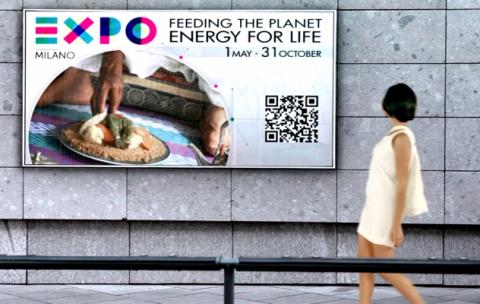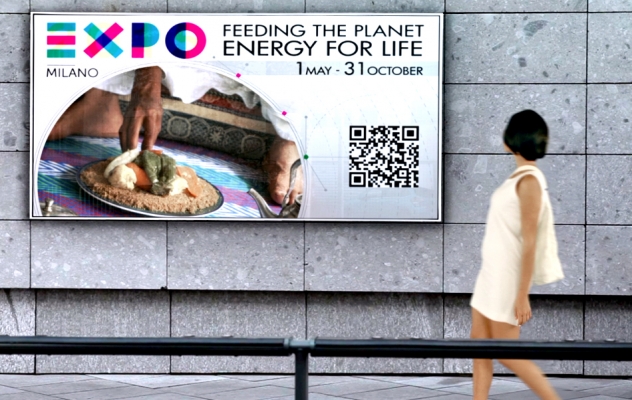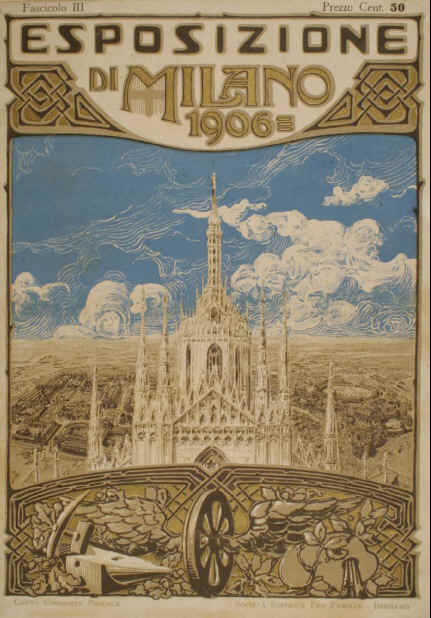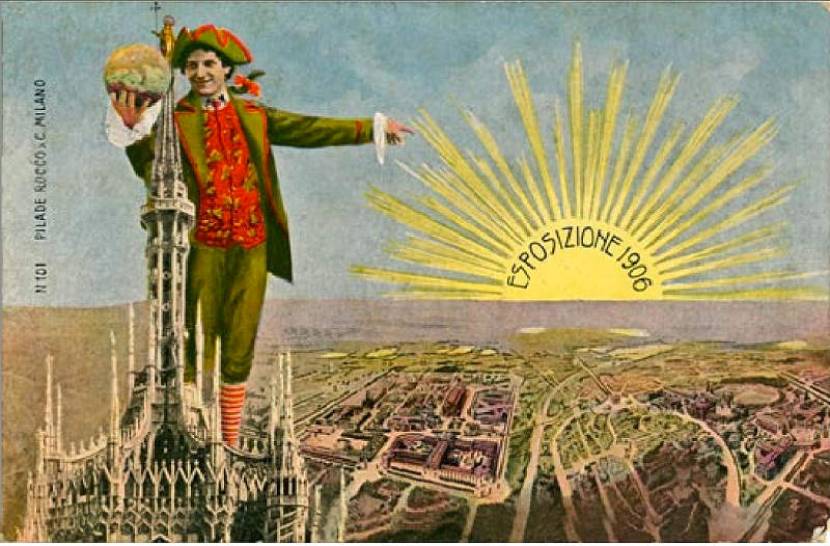What is the Expo and what is its history?

The Expo - or how it would be more correct to say, the Universal Exhibition, is one of the largest international events. It takes place every five years, lasts six months and develops a universal theme, of general interest to all humanity. Participants are divided into officials the countries and the International organization who officially confirmed its membership, and unofficials, that are the institutions, companies and the civil society organizations. CONFIDENCE, SOLIDARITY, PROGRESS: Since the first edition of 1851 to that of 2010 in Shanghai, all exposures were based on three core values, declined from time to time according to the sensitivity and the theme chosen by the host country: confidence, solidarity and progress.
These values have been promoted by the BIE (Bureau International des Expositions), the intergovernmental organization founded in 1928 in Paris which have the aim of adjusting the frequency, quality and conduct of the Exhibition. The HISTORY OF THE EXPO: The BIE during its nearly century-old history has changed several times and has changed the frequencies and the definitions of universal exhibitions while keeping intact the reference ' s values and the development of the exhibits. The main attraction of these appointments are the national pavilions, which are designed and managed by the participating countries. Added to these are the theme pavilions' organization.
Historically each exposure has always been characterized by particular structures, which later became a symbol of that edition of the exhibition, and sometimes the host city or the country organizer itself.

 Choose between our exclusive services! Personal shopping, image consulting and much more
Choose between our exclusive services! Personal shopping, image consulting and much more











 Give yourself or a loved one a unique Silk Gift's Services Box! And save money!
Give yourself or a loved one a unique Silk Gift's Services Box! And save money! Discover our workshops and what's behind the fashion!!
Discover our workshops and what's behind the fashion!!